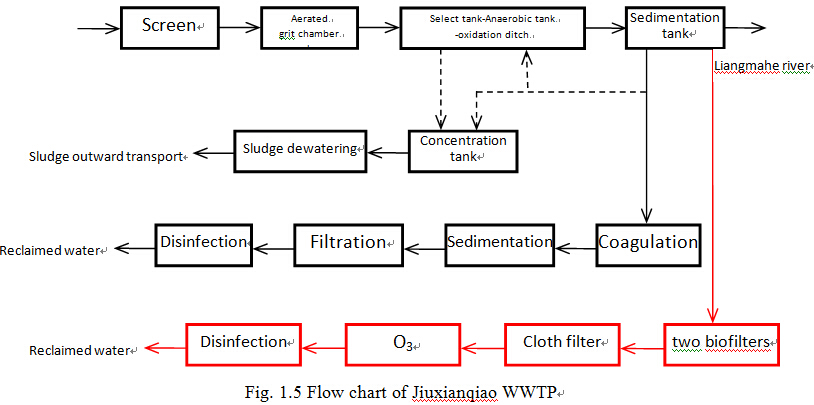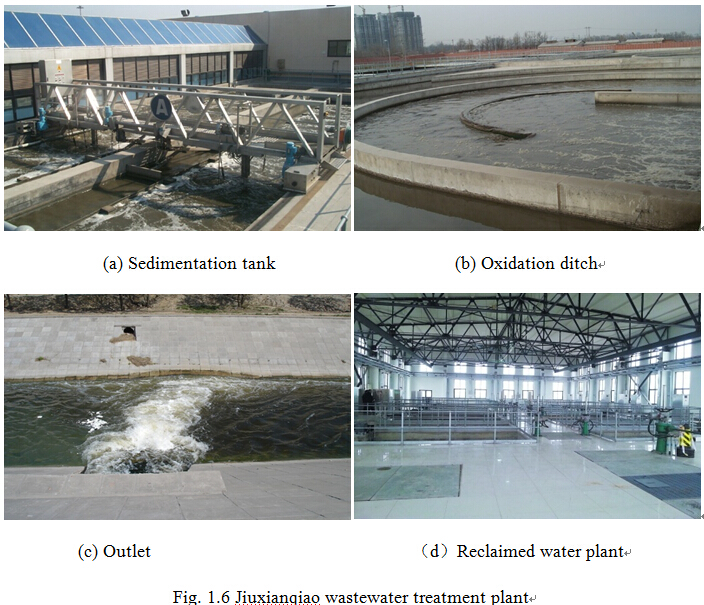Jiuxianqiao Wastewater Treatment Plant
chinagate.cn, March 22, 2015 Adjust font size:
Beijing Municipal Research Institute of Environmental Protection recently issued a survey report entitled "Technical report on typical wastewater treatment in North China". The research team carried out the investigation of wastewater treatment technologies in Beijing and Hebei provinces that may be suitable for adoption in Africa.
The investigation consists of field research and information provided by company, focusing on the wastewater treatment process, investment costs, operating costs, treatment capacity, occupation area, inflow conditions and water quality and other aspects.
Beijing Jiuxianqiao WWTP is a relatively large-scale WWTP in the 16 proposed municipal WWTPs in Beijing, which is responsible for wastewater collection and treatment covering a total area of 86 square kilometers, including northeast suburb region, Wangjing Area in Jiuxianqiao area and television City serving a population of about 480,000.
Jiuxianqiao WWTP is located in Beijing Jiuxianqiao area and occupies an area of 23 hectares in the northeastern part of Beijing. It has a total treatment capacity planned for 350,000 cubic meters per day. According to the upstream pipe network conditions and financial situation, based on the "unified planning, period construction" principle, the project was constructed in two periods. Daily treatment capacity of the first period is 200,000 m3 with a total investment of 570 million RMB, of which 270 million RMB is direct project investment, including the French government loan of US$11,310,000. The project started in early 1999 was completed and operated in September 2000.
Jiuxianqiao WWTP used secondary biochemical treatment with oxidation ditch activated sludge process. The effluent water quality can achieve current level B standard of GB18918-2002 as shown in table 1.1. The effluent is treated with "two biofilter + cloth filter + ozone disinfection" process to obtain reclaimed water. The water treated is supplied to the user after ultraviolet disinfection, and water quality meets the standards for urban miscellaneous water and landscape water standards (table 1.3). Sludge is treated with gravity concentration and mechanical dewatering process to produce cakes. After being dehydrated, sludge cakes with moisture content of 60% to 65% are transferred to sludge disposal center to be treated with sludge drying and sludge digestion. Biogas generated during digestion is collected and digested effluent is transferred to the farmland as fertilizer. The sludge after being treated properly can be utilized as a renewable resource such as organic nutrient soil, fuel, and construction material etc.


